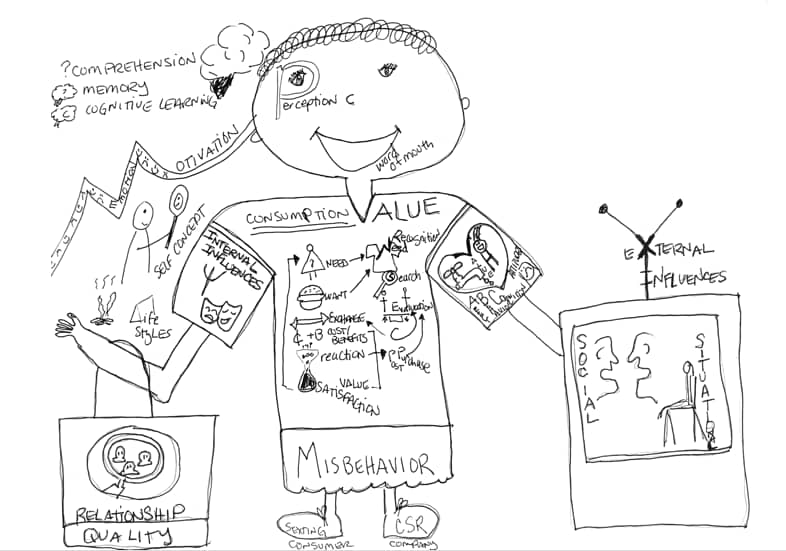
I've found pencasting to be a tool that is aligned with my pedagogy and valued by my students. Many of you have asked for me to share about my process, so I've created a How to Pencast video.
How to Pencast Video
In the pencasting video, I describe:
- What pencasting is
- Why it is vital to my teaching and instructional design
- Essential tools for pencasting
- My pencasting toolkit
- How I record and publish pencasts
Additional Resources for Pencasting
- Apple Pencil
- iPad Pro
- Doceri
- Mike Wesch's The Sleeper
- LiveScribe (product I used for years, prior to switching to a tablet-based method)
- The Sketchnote Handbook, by Mike Rohde
- The Back of the Napkin, by Dan Roam



There’ a lot to be said for pencasting, though I might call what you are mostly describing as sketchnoting, while I love things like Mike Wesch’s video, it’s really a presentation style. I think you are getting at it, but I am more interested in the uses where students can use it to “talk out loud” about their thinking and problem solving approach.
I had much hope too for LiveScribe (I have a pen somewhere, but mostly used the paper lately for scratch pads), because of the ability to annotate a drawing with sound, where you could have random access to anypoint by touch- this is something we lack in the video form. I recall some work at (??) California Lutheran where rather than instructional content created by teachers (“this is how you solve a quadratic equation”) the students were using the pens to record their work, talking as they worked on problems. That’s quite different (and never realized with the limits you note about the format, likely Flash based??)
Thanks for helping me to see the distinction and also the weakness in having the use of these approaches stop at the teacher. I had my students doing sketchnotes as an option for one of my classes about a year ago and that worked out great. Should probably give that a try, again, sometime soon.